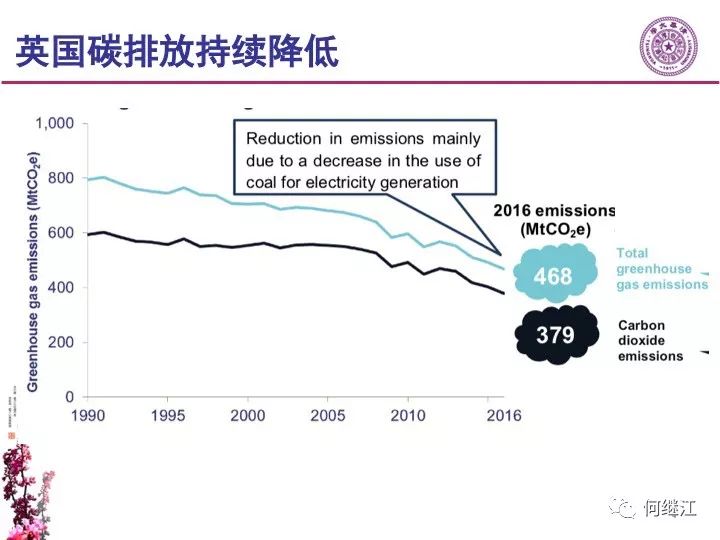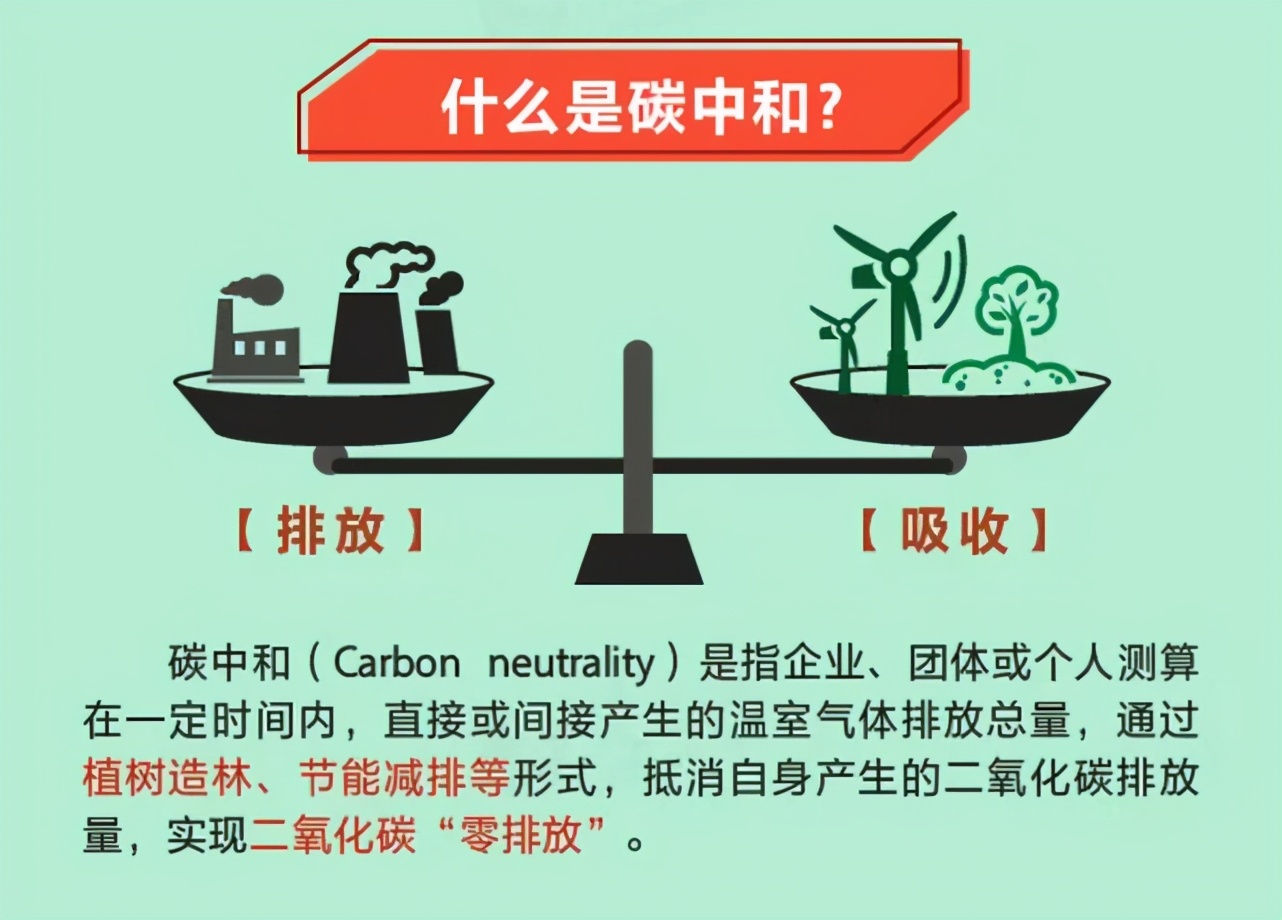摘要:,,本文探讨了碳中性和碳排放问题,阐述了实现可持续未来的道路。文章指出,碳中性是指通过节能减排、植树造林等方式,抵消自身产生的二氧化碳排放量,实现二氧化碳“零排放”。为实现碳中性目标,需要采取一系列措施减少碳排放,包括发展清洁能源、提高能源效率、推广低碳交通等。文章强调,实现碳中性是迈向可持续未来的关键一步,有助于减缓全球气候变化,促进生态文明建设。
Sub-title: Understanding Carbon Neutrality, Carbon Emission and Their Impact on Our World
In the contemporary era, the concept of carbon neutrality and carbon emission has gained significant importance due to their profound impact on our environment and climate change. As the world strives to achieve sustainable development, it's crucial to understand these terms and how they influence our actions.
Carbon Emission:
Carbon emission refers to the release of carbon-based gases, primarily carbon dioxide (CO2), into the atmosphere. These emissions mainly originate from various sources like industrial processes, transportation, power generation, and deforestation. The increase in these emissions is a major contributor to global climate change, leading to various environmental issues like global warming and climate instability.
Carbon Neutrality:
Carbon neutrality is the state where the amount of greenhouse gas emissions produced is balanced by removing an equivalent amount of CO2 from the atmosphere through various means like carbon sequestration or renewable energy deployment. In essence, it's about achieving a zero net CO2 emission footprint. This concept holds the key to mitigate the impact of climate change and achieve sustainable development.
The Importance of Carbon Neutrality:
As the world continues to witness the adverse effects of climate change, achieving carbon neutrality has become a global priority. By mitigating greenhouse gas emissions and balancing them through various strategies like renewable energy deployment, tree planting, and energy efficiency improvement, we can significantly reduce the impact of climate change and ensure a sustainable future for ourselves and our planet.
How to Achieve Carbon Neutrality:
1、Adopting Renewable Energy: Transitioning to renewable energy sources like solar, wind, and hydroelectric power can significantly reduce CO2 emissions.
2、Energy Efficiency Improvement: By improving energy efficiency in industries, transportation, and households, we can reduce the amount of CO2 emitted per unit of energy consumed.
3、Forestation and Carbon Sequestration: Planting more trees and restoring forests not only helps absorb CO2 from the atmosphere but also provides various other environmental benefits like biodiversity conservation and soil stabilization.
User Frequently Asked Questions (FAQs):
Q: What is carbon neutrality?
A: Carbon neutrality is a state where greenhouse gas emissions are balanced by removing an equivalent amount of CO2 from the atmosphere through various methods like carbon sequestration or renewable energy deployment.
Q: Why is carbon neutrality important?
A: Carbon neutrality is crucial in mitigating the impact of climate change as it helps reduce greenhouse gas emissions, leading to a more stable climate and a sustainable future.
Q: How can we achieve carbon neutrality?
A: We can achieve carbon neutrality by adopting renewable energy sources, improving energy efficiency, planting trees for carbon sequestration, and implementing various other strategies.
In conclusion, achieving carbon neutrality is crucial in mitigating the impact of climate change and ensuring a sustainable future for our planet. By understanding the concept of carbon neutrality and carbon emission, we can take effective actions to protect our environment and contribute to building a better world for ourselves and future generations.




 浙ICP备14032885号-5
浙ICP备14032885号-5